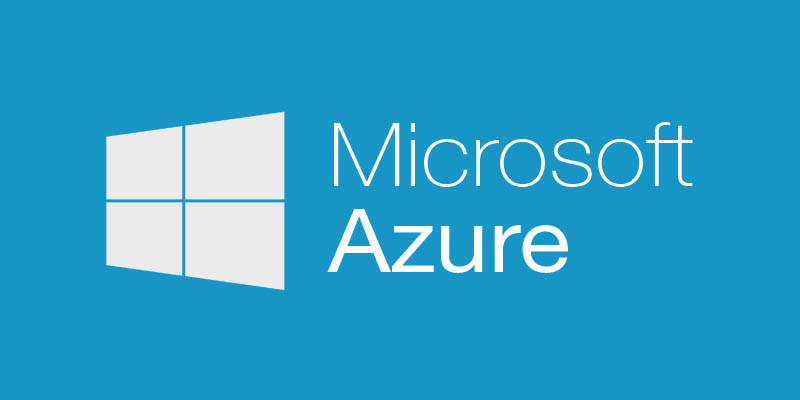Why is Microsoft’s Azure Stack important?

Many businesses are worried that making the move to the cloud will give them issues with control of their own data and make it more difficult to stay in control of their applications. No-one denies the benefits of the cloud, but moving to the public cloud is thought of as too big a step for many companies.
Microsoft has responded to these concerns by creating Azure Stack, a hybrid cloud platform; they released a technical preview on January 29. Azure Stack has the potential to make a big difference to the way that many business operate their in-house IT infrastructure – but why is it so important?
What is Azure Stack?
The fundamental purpose of Azure Stack is to give you the power of cloud services but with full control over your datacentre. In fundamental terms it allows businesses to take the infrastructure and functionality of Microsoft’s Azure services and place them into their own datacentre. In this sense it is a true hybrid cloud server model as you are able to decide where you keep your own applications and where you store your data.
Many businesses already make use of Azure Pack, Microsoft’s first attempt to help business make use of Azure within their own system. But while Azure Pack was designed to sit alongside and work in conjunction with private datacentres, Azure Stack offers the ability to design your entire in-house IT services around Azure.
The lack of competitors
It is generally considered that the other big players in the cloud computing market – Amazon Web Services (AWS) and Google – have done a more effective job in this marketplace. Both of these companies have invested heavily in developing their public cloud business. However, the interesting thing about Azure Stack is that neither AWS nor Google offer the equivalent service of an on-site private cloud. With this gap in the market, Microsoft have seen a way they can beat out the competition.
The main competition for Azure Stack is OpenStack, but this comes with a set of problems of its own. The fact that Microsoft is offering an integration of its popular Azure platform will make it much easier for business to enjoy immediate benefits. Equally, OpenStack is not created by a single design team with a specific purpose. Instead it has been gradually refined and altered by a range of different designers each with differing agendas and ideas.
So while OpenStack has not proven to be particularly popular or effective, this is mostly down to the inherent problems with the service itself. The challenge for Microsoft will be to make Azure Stack easy to deliver and use for the end user so that it is a simple process to integrate it into an on-premises datacentre.
Advantages and disadvantages
The main advantage of using Azure Stack is the ability to blend the flexibility and scalability of the cloud with a more secure and personalised environment. This is a hybrid cloud model and Microsoft are the only major cloud computing provider who are offering this service.
However, there are still problems with Azure Stack. In fact one of the major advantages of the service is also a disadvantage: the whole system is built alongside Microsoft’s existing cloud technologies. This is great for businesses who already use Azure as Azure Stack is functionally simply an extension of the same idea.
There could be the issue that many businesses, used to the freedom of an in-house datacentre, have built custom application stacks without using Microsoft technology. It could be the case that it will be very difficult to integrate such applications into Azure Stack without causing significant problems.


 Michael
Michael






